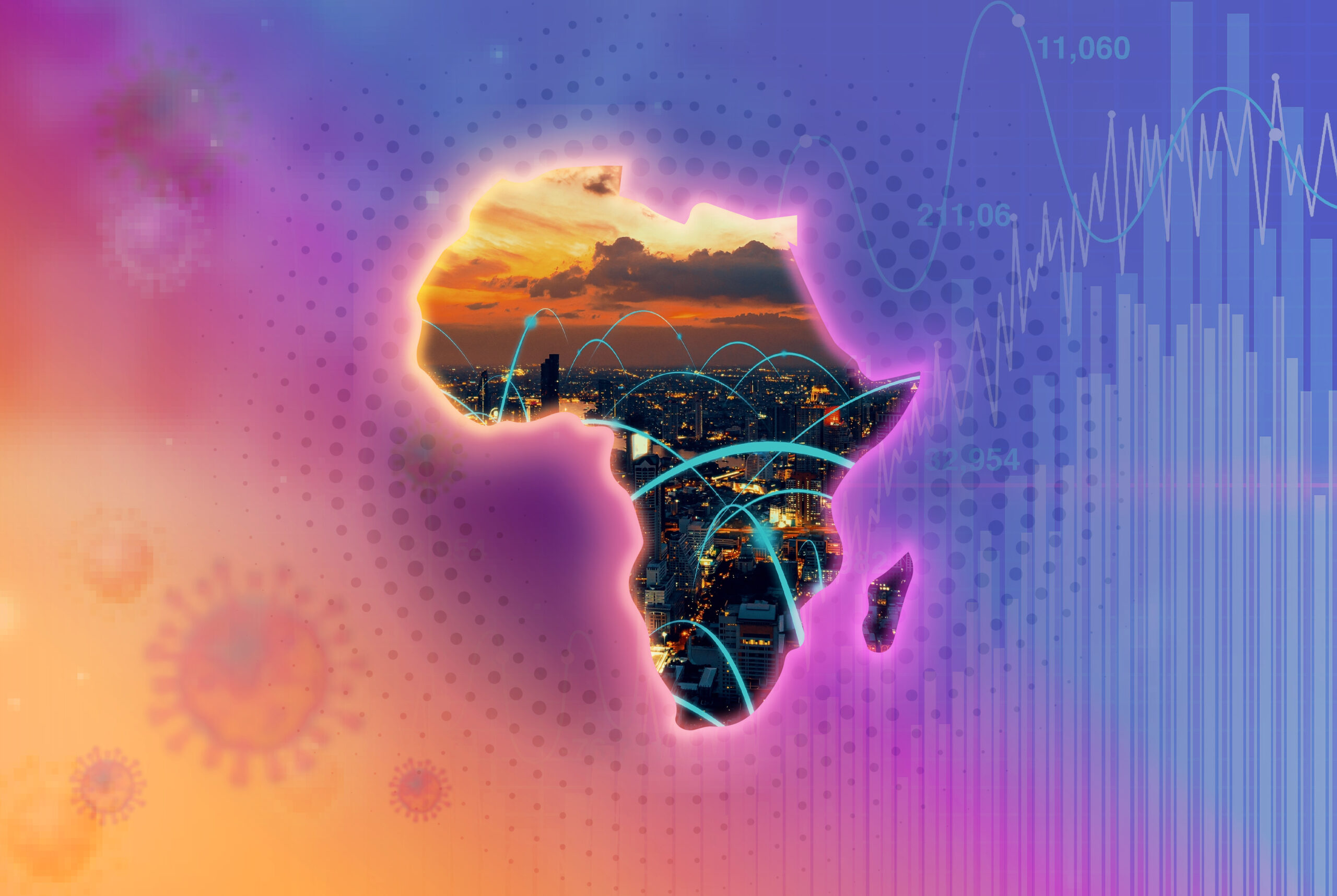
Is the African ICT sector living up to the expectations of recovery?
Flashback to the beginning of the Covid-19 pandemic. What started as a health crisis quickly morphed into a financial one. The ICT sector was almost immediately affected by an interruption of the technology supply chain and by the cancellation of major sector events, such as the MWC. However, it bounced back quickly, taking the necessary measures to meet the surge in the demand for connectivity.
In a blog published back in April 2020, we had hinted that the pandemic might represent a development opportunity for the sector, and that the latter might once again act as an engine of economic recovery as it had done during the recession of 2008-2009. Fast forward to the end of 2021. Has the African ICT sector lived up to this expectation? We are taking a bird’s eye view of the situation from economic, infrastructural and technological perspectives.
The economic perspective: A sector on the rise
The answer appears to be a firm yes. A recent ITU report, Digital Trends in Africa 2021-Information and Communication Technology trends and developments in the Africa Region 2017-2020, states that the Covid-19 pandemic has stimulated digital development on the continent, especially as regards the mobile sector. The demand for digital services has caused a significant increase in data traffic, especially through mobile networks. Indeed, by the end of 2020, 495 million people (i.e. 46% of the population) had subscribed to mobile services in Sub-Saharan Africa. This represents an increase of almost 20 million compared to 2019. From an economic perspective, the numbers are telling: According to the GSMA’s The Mobile Economy – Sub-Saharan Africa 2021 Report, mobile technologies and services generated 8% of the GDP – or 130 billion USD – in Sub-Saharan Africa in 2020. Furthermore, this economic contribution is expected to increase to 155 billion USD by 2025.
The infrastructural perspective: Investing to boost connectivity
One of the reasons behind this substantial growth is that, throughout the pandemic, the operators have invested heavily in the upgrade of their networks and other infrastructure to meet the surge in demand for connectivity. And it seems as though they are not going to stop now. Indeed, according to the GSMA’s abovementioned report, the operators have invested – and will invest – between 7.4 and 7.7 billion USD each year over the period 2020 to 2025, for a total of 45 billion USD. Furthermore, an article by African Business suggests that, in some areas, the demand for connectivity will be sufficient to justify a yearly investment of 15 billion USD. This investment is what has allowed, and will continue to allow, African users to work, learn, shop and connect despite the ongoing crisis.
There is however still room for improvement as regards network speed. Africa is lagging behind when it comes to 5G, and even 4G. Nevertheless, 4G connections are expected to have increased to 28% by 2025.
The technological perspective: Innovation is key
Another positive effect of the pandemic has been a wave of technological innovation led by dynamic African startups. Digital financial services, including fintechs, have particularly benefited from this surge in innovation. According to African Business, these services and technologies have managed to gain the confidence of investors. So much so that during the first eight months of 2021, African startups raised more than the combined amount for 2019 and 2020, the GSMA reported. It is also worth noting that some of these startups, like Nigerian Opay and Senegalese Wave, currently boast a market value of over 1 billion USD.
The future
In the light of the above, it seems fair to conclude that the African ICT sector, and especially its mobile segment, has made an impressive recovery following the months of hard lockdown, even managing to make a sizable contribution to the continent’s GDP. Its contribution was however not only economic, but also social in nature. Indeed, the GSMA points out that the operators’ investment in network infrastructure has had a significant positive impact on SDG 9 – Industry, Innovation and Infrastructure –, while enabling progress at the level of other SDGs, including #4, “Quality Education”. These achievements are likely to secure a solid future for the African ICT sector.
Do you want to read the post with the most views of the year? Click here!
